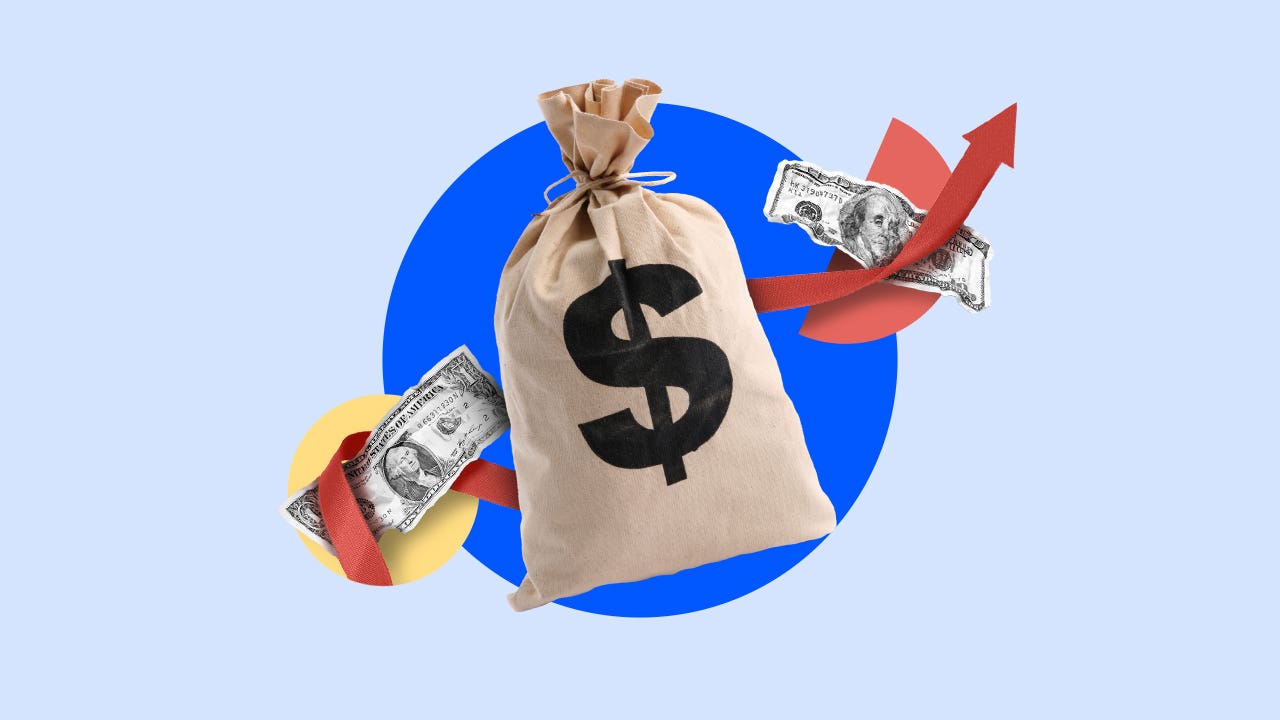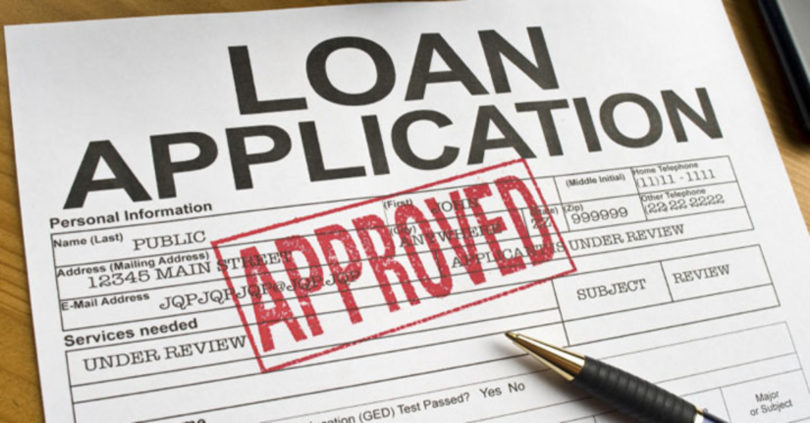A Step-by-Step Refine for Getting Pre Approval Student Loans
A Step-by-Step Refine for Getting Pre Approval Student Loans
Blog Article
Recognizing the Effect of Rate Of Interest on Home Loans for First-Time Customers
Navigating the labyrinth of home loans can be intimidating for newbie customers, especially when interest prices play a crucial duty in forming their economic journey. The choice in between fixed and adjustable-rate home loans lugs substantial consequences, impacting regular monthly spending plans and lasting monetary security. As rate of interest prices vary with economic changes, comprehending their decision ends up being vital.
Just How Rate Of Interest Are Determined
When the main bank elevates this rate, borrowing comes to be more pricey, frequently leading to raised home car loan passion rates. On the other hand, decreasing the federal funds price can make loaning less expensive, possibly lowering mortgage rates.
One more significant factor is inflation. Greater rising cost of living generally leads to higher passion rates as loan providers demand even more return to counter the lowering buying power of future settlements. Financial development likewise plays a crucial role; in periods of robust economic efficiency, demand for credit rating boosts, which can drive up rate of interest prices.
In addition, the bond market dramatically affects home mortgage prices. Lasting rates of interest, consisting of those for home mortgage, are very closely linked to returns on federal government bonds. As bond returns increase, so do mortgage rates, showing the enhanced expense of long-lasting borrowing.

Sorts Of Rates Of Interest
Recognizing the different sorts of rate of interest is important to comprehending just how mortgage work. There are primarily 2 categories of rate of interest prices that debtors run into: repaired and variable. A set rate of interest price stays consistent throughout the term of the funding. This offers predictability in month-to-month payments, supplying consumers with stability and convenience in budgeting. It is specifically useful in settings where future rates of interest rises are anticipated.
On the other hand, a variable rate of interest, additionally known as an adjustable rate, changes with time, typically in reaction to modifications in a defined standard or index. These prices often start less than fixed rates, which can be attractive to novice purchasers. Nevertheless, they involve the danger of enhancing gradually, possibly causing greater general expenses if market rates rise.
Additionally, some lenders offer hybrid rate of interest rates, integrating aspects of both taken care of and variable rates. As an example, an introductory period with a set price could be followed by a variable price. Recognizing these differences is critical for consumers to make educated decisions that line up with their monetary circumstances and risk resistance, as each kind presents unique benefits and potential downsides.

Influence On Month-to-month Repayments
Month-to-month repayments on mortgage are straight affected by the kind of rate of interest price chosen, which can dramatically affect a debtor's financial planning. Fixed-rate mortgages supply stability, as the rate of interest remains the same over the lending's term, making sure that regular monthly repayments remain continuous. This predictability help in spending plan planning, offering a clear financial photo over the lending's duration. On the other hand, adjustable-rate mortgages (ARMs) initially existing reduced rate of interest, which can result in smaller sized first settlements. These prices are subject to changes based on market conditions after the first set duration, possibly increasing regular monthly obligations.
Fixed-rate loans secure versus market volatility, supplying tranquility of mind but often at a greater first rate compared to ARMs. On the other hand, ARMs could fit buyers anticipating revenue growth or those intending to offer before the price adjustment takes place, permitting them to capitalize on reduced repayments.
Long-term Financial Ramifications
The choice of rates of interest kind for a home lending expands past immediate regular monthly payments, carrying significant long-term monetary implications. A fixed-rate home loan, for instance, supplies stability by locking in interest prices for the duration of the funding term, securing borrowers from future rate boosts. This blog here predictability can help in long-lasting monetary preparation, enabling property owners to forecast costs without the danger of increasing repayments. If market rates drop, borrowers with a fixed-rate mortgage might miss out on out on prospective cost savings unless they refinance.
On the other hand, a variable-rate mortgage (ARM) generally starts with a lower rates of interest, which can cause reduced initial settlements. Over time, nevertheless, the price can change based upon market conditions, potentially leading to greater repayments. This variability presents an element of unpredictability, which might impact monetary stability if prices increase dramatically.

Methods for Handling Rates
Navigating rate of interest rates on home finances requires critical planning to enhance economic outcomes. Novice buyers ought to take into consideration locking in rate of interest prices when they are favorable, as this can protect them from possible price hikes before their financing closing.
Another method entails selecting the ideal loan kind. Fixed-rate mortgages provide security, shielding customers from future rate boosts, while variable-rate mortgages (ARMs) might supply lower initial rates with the danger of future changes. When choosing between these options., customers need to carefully evaluate their financial circumstance and danger tolerance.
Finally, preserving a strong credit account is crucial. A higher credit history score can considerably improve settlement power for extra favorable interest prices. Regularly reviewing credit history reports, addressing inaccuracies, and reducing outstanding financial debt can enhance general creditworthiness, thus positioning purchasers to protect the go to website most useful prices offered.
Conclusion
A detailed understanding of interest prices on home finances is important for novice purchasers to make educated choices. Strategic administration of interest prices can significantly influence homeownership success and economic well-being.
When the central financial institution elevates this price, borrowing ends up being more expensive, commonly leading to increased home finance interest rates.In comparison, a variable passion rate, likewise recognized as a flexible rate, varies over time, normally in feedback to adjustments in a specified benchmark or index.Furthermore, some loan providers use dig this hybrid passion prices, incorporating elements of both repaired and variable rates - pre approval student loans. A fixed-rate home loan, for instance, uses security by securing in passion prices for the period of the finance term, securing borrowers from future rate increases. First-time homebuyers should consider locking in passion prices when they are desirable, as this can secure them from possible price walkings before their funding closing
Report this page